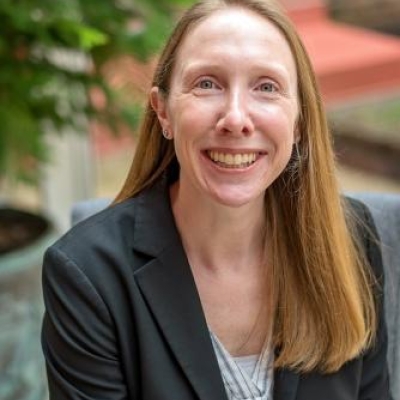The Annie E. Casey Foundation (of which Fordham board member Bruno Manno is a Senior Associate for Education) recently released a series of publications entitled Closing the Achievement Gap (see here). These concise education briefs provide insights and lessons concerning major aspects of the foundation's work over the past seven years to improve education by supporting all stakeholders (e.g., school principals, community organizations, parents, education reform organizations, philanthropists, and policy makers). The series makes clear the broad scope of Casey's work and influence in education, yet at the same time, zeros in on key strategies that the foundation has used over time to improve educational opportunities for young people.
Topics covered include the importance of making early strategic investments. One example is Casey's seed funds to the mayor's office in Indianapolis that enabled the mayor to become one of the country's premier charter-school authorizers. Another is how critical it is for parents, students, teachers, governing boards, and community members to speak a common language and share a common vision in raising student achievement. Funding is always a key topic in the world of education, and perhaps the most interesting lesson learned is that investments needn't be large to attract additional resources and produce change, but they do need to be well-calculated and targeted.
The series titles tell the story: Getting to Results; Creating Quality Choices: Charters; Creating Quality Choices: District Schools; Exploring Quality Choices: Vouchers; School, Community, Family Connections; Strategic Funding Attracts Co-Investment; and, The Anatomy of Influence. As one can tell from the titles, there is something of interest for anyone involved in working to improve public education for young people.
